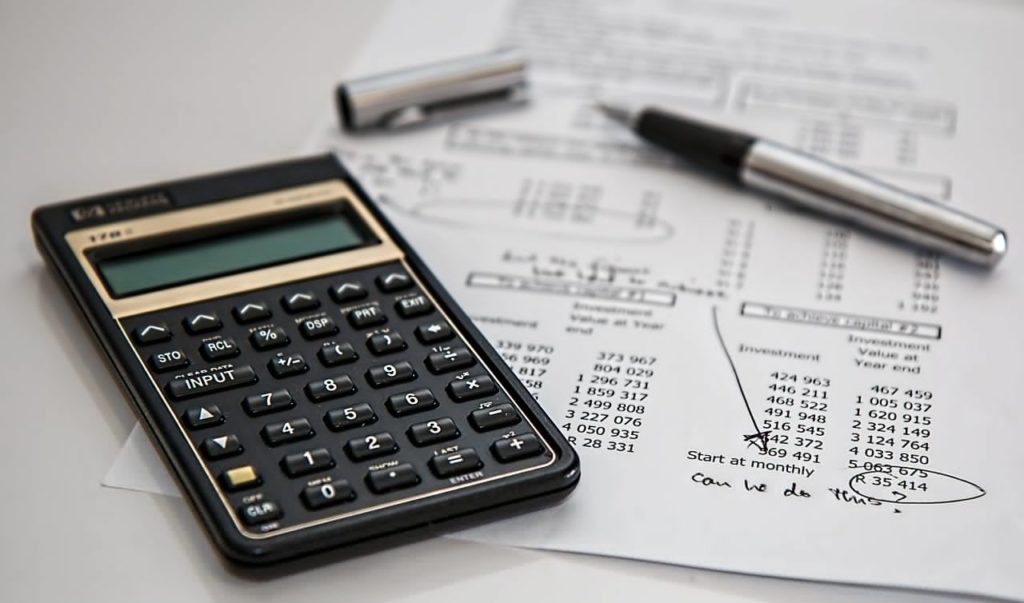When it comes to the income you earn from your side gig, you have a responsibility to declare it with the Canada Revenue Agency — even if you don’t earn that much. Failure to do so could get you in hot water with the CRA.
According to a 2023 HR Reporter survey, 28 percent of Canadians belong to the gig economy — that’s more than double how many people had a side hustle in 2022.
The majority (74%) of these side hustlers did it part-time to supplement their primary source of income. Plenty of people turn hobbies into occasional freelancing jobs that help them pay for gas or save up for a vacation.
Perhaps that’s why nearly half of respondents also admit they are willing to risk not declaring all their income. In fact, a whopping 44% say they are willing to risk not declaring any of their side gig income.
What Happens if You Don’t Declare Your Side Gig Income?
Failing to declare your side gig income, even on a part-time basis, can be risky. If your file flags the CRA’s systems, they will audit you.
If their audit reveals you didn’t declare income, you will have to pay the amount of taxes owing, plus interest.
You may even run the risk of being convicted of tax evasion. Tax evasion can result in the following steep penalties:
- Paying a fine up to 200% of the taxes you evade.
- Jail time up to five years. Tax fraud can come with a sentence of 14 years in prison.
- Fingerprinting and foreign-travel restrictions that come with a conviction.
What if Declaring Your Side Hustle Means You Owe Taxes?
Declaring additional income can affect your tax return. You may even owe money. While this bill is ultimately better than late fines and jail time, it can still be challenging to cover — especially because most people pick up a side hustle to offset the rising cost of living.
Option #1: Savings
Ideally, you have some emergency savings to cover this bill in a pinch. An emergency fund is designed to handle urgent, surprise expenses, just like an unexpected tax bill.
Option #2: Credit
If you don’t have these savings, don’t worry. You still have options. If you’re just shy of what you need by the due date, you might consider putting this bill on a credit card. This option is best if you can guarantee you will have enough money to pay off your balance by the due date.
What if this card is full? You also have the option of visiting a website like Fora to learn more about lines of credit. It’s quick and easy to apply with Fora Credit, and if you’re approved, a line of credit may provide an urgent safety net to your credit card and emergency fund. It’s best to draw these funds when you know you can pay your balance back in full as soon as possible.
Option #3: Payment Arrangement
But suppose you would have to draw more funds than you can realistically pay off quickly. At this point, you should contact the CRA to discuss a payment arrangement. A payment arrangement helps you pay off your outstanding taxes in a series of payments.
However, it may be only available when you prove the following:
- You’ve attempted to pay your bill and cannot.
- You have reduced your expenses with a budget.
- You have tried to pay your debt by borrowing a personal loan or line of credit.
Before you file, declare your side gig; the consequences are simply not worth the small victory you get when you don’t pay taxes on this income. Instead, try to reduce your taxable income by speaking with a professional who knows what items you can deduct as a side hustler.
The majority (74%) of these side hustlers did it part-time to supplement their primary source of income. Plenty of people turn hobbies into occasional freelancing jobs that help them pay for gas or save up for a vacation.
You may also like
-
How to Find the Best Deals in Alberta
-
Finding the Right Debt Relief Solution to Save Money and Avoid Bankruptcy
-
Navigating the Crypto World: Tips for Successful Investment Ventures
-
The Bitcoin Breakthrough: Unveiling the Future of Financial Investment
-
Dogecoin Discovery: Exploring the Untapped Potential of Crypto
